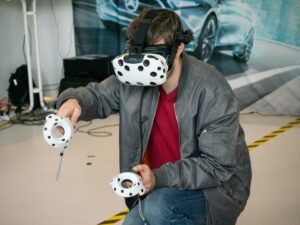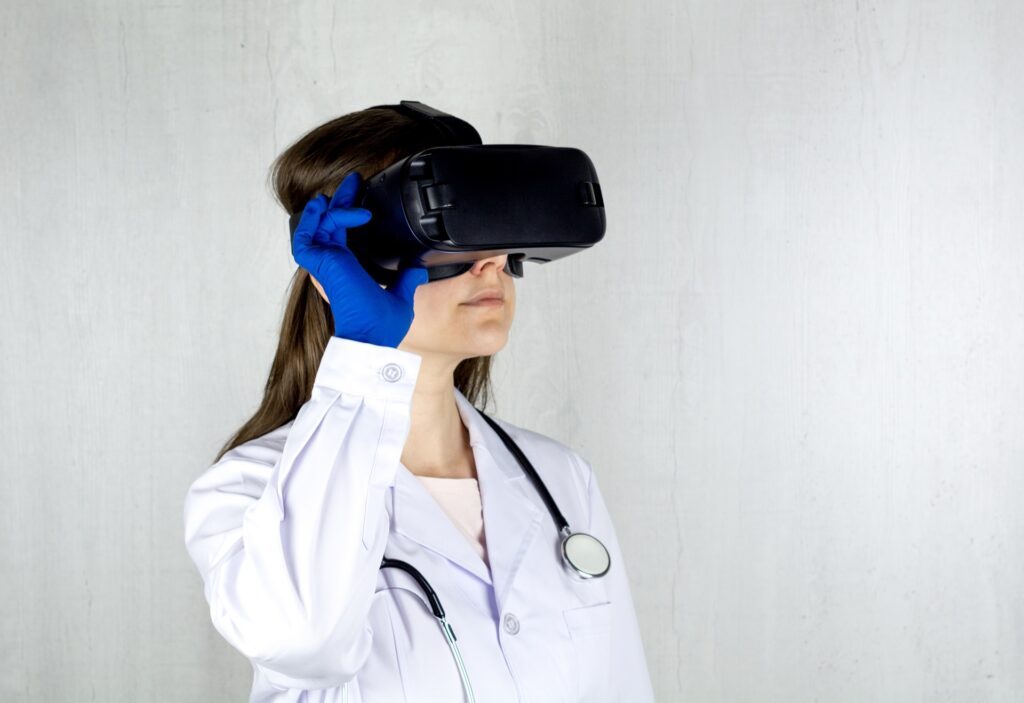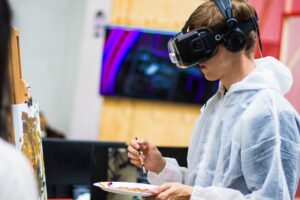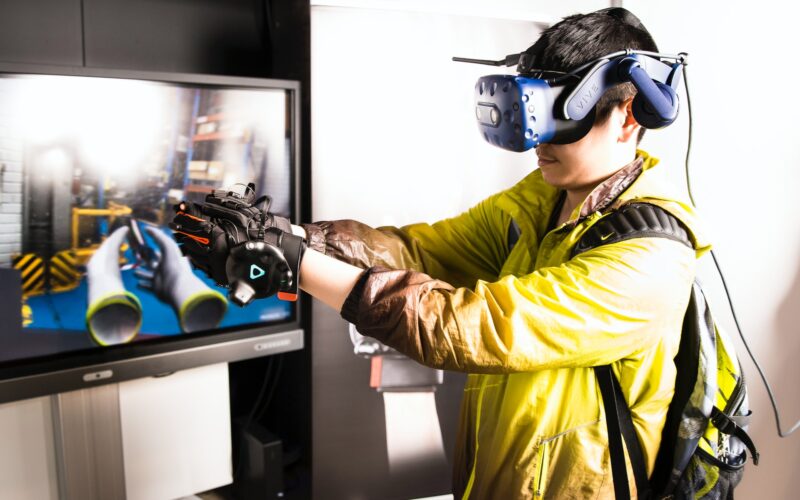When video games first began to surface, it seemed like one of the most groundbreaking technological innovations of all time. But as time goes on, technology continues to advance aggressively across many segments of life. And that’s where virtual reality (VR) steps in. Have you ever seen those commercials where someone is wearing these big, clunky goggles in the middle of their living room, and suddenly an entirely different world appears before their eyes? That’s virtual reality.

But, what even is VR? According to Marxent Labs, VR is the use of computer technology to create a simulated environment where the user is placed inside of the experience. Rather than viewing a screen in front of them, users are immersed within and able to interact with 3D worlds by simulating the senses. Unlike your computer, TV, or phone screen, virtual reality brings you beyond the 3D and provides you with the full 360-degree view.
And its use expands far beyond the entertainment realm. Aside from video games and movies, VR is continuously being developed for more productive reasons. It’s currently being utilized for innovations in industries like healthcare, the military, fashion, education and more.

How VR works is a whole different ball game. The processing of virtual reality is a combination of both hardware and software. Think of it this way: the software helps create the environment whereas the hardware is used for viewing purposes. For example, if you’re playing a virtual reality video game like Beat Saber, the headset attached to the HDMI cables helps transfer images from the box right before your eyes.
The creation of VR experiences takes into account a few important features: field of view, frame rate, sound effects, and head and position tracking. Developing the field of view is far and away the most difficult part of this process for engineers. The average human observes the world around them with a 200 to 220-degree arc around their head, whereas with our eyesight, there is a roughly 114-degree arc (where we see 3D). No VR headset can fully accommodate the full field of view … yet. Rather, the VR headsets on the market today focus their attention on that 114-degree 3D space to create these experiences.

VR technology continues to advance. VR designers and engineers have not-so-distant-future plans of increasing the field of view to 180-degrees, increasing the frames per second rate to better mimic a real-life experience, and more. But at the end of the day, VR is all about tricking the brain via the stimulation of our senses. Once all of the sensations come together, we are given a virtual experience through nothing more than our own perception.
Picture Credit: Unsplash









